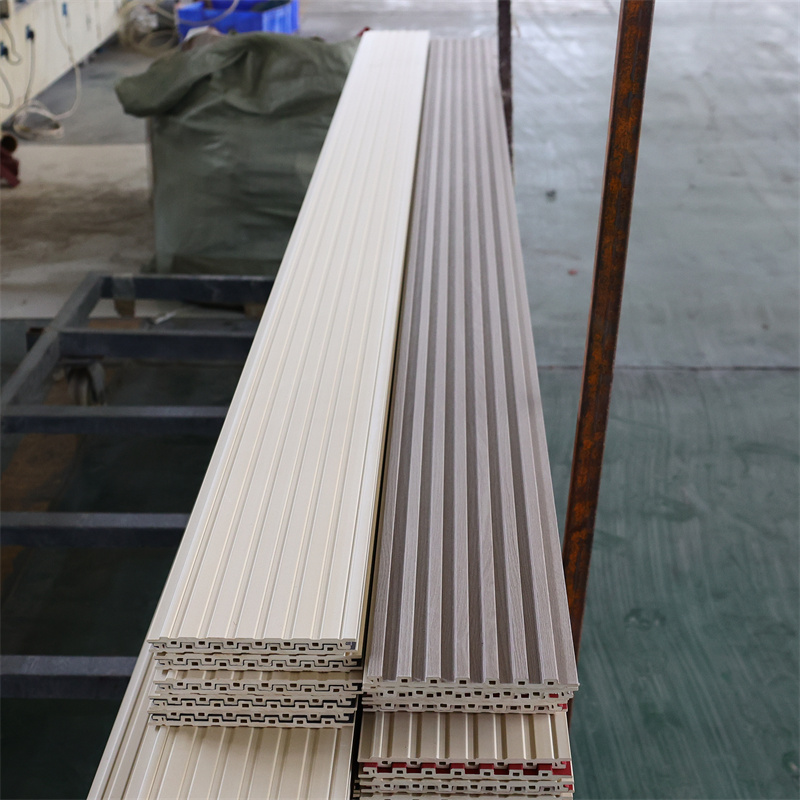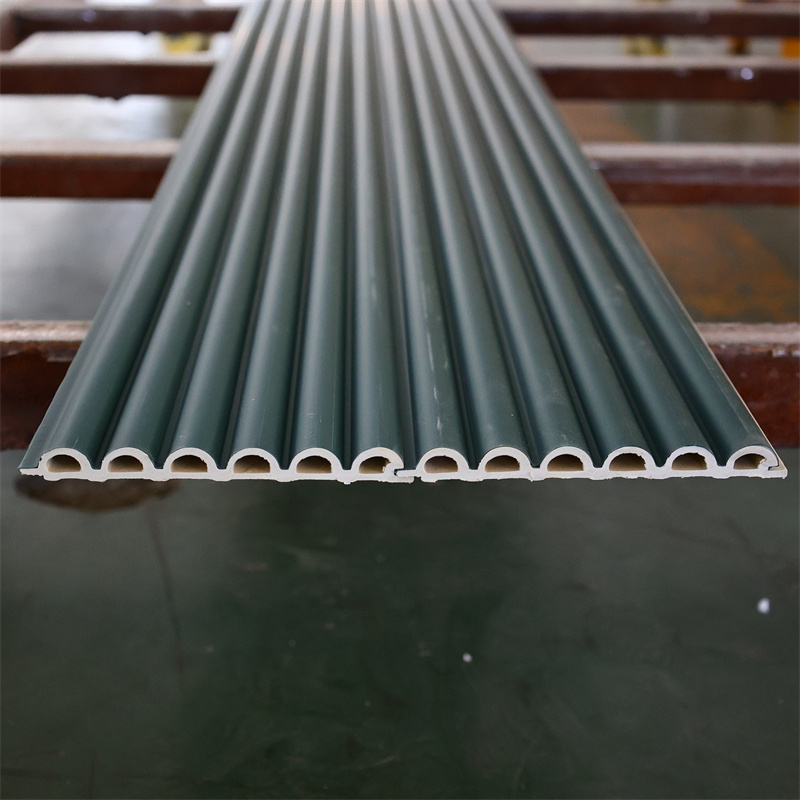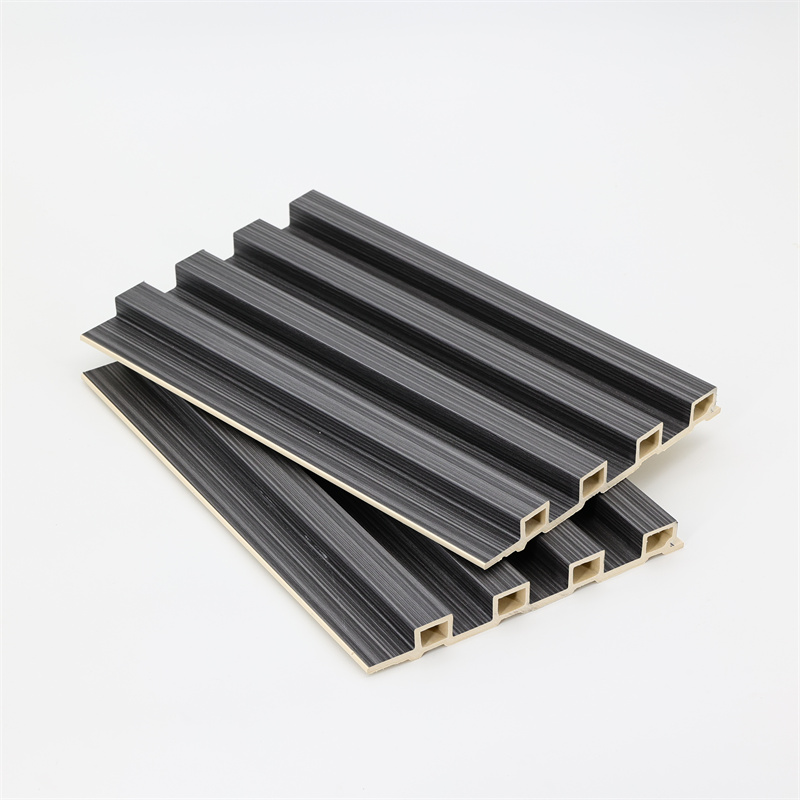
WPC (Wood-Plastic Composite) wall panels have gained significant popularity in the construction and interior design industries due to their durability, versatility, and eco-friendly nature.
As demand for these panels grows, so does the variation in prices offered by different manufacturers and suppliers.
This essay explores the question: “Are higher prices of WPC wall panels worth the investment?” By examining the factors that contribute to the price variation,
the quality and benefits associated with higher-priced panels, and the potential long-term value they offer,
we can gain a comprehensive understanding of whether investing in higher-priced WPC wall panels is a wise decision.
Factors Influencing WPC Wall Panel Prices
Before assessing the value of higher-priced WPC wall panels, it is crucial to understand the factors that contribute to the variation in prices. Several elements influence the cost of these panels, such as:
1.1 Material Quality: The primary components of WPC panels include wood fibers, plastic polymers, and additives.
Higher-priced panels often use premium-quality raw materials, resulting in better performance, longer lifespan, and improved aesthetics.
1.2 Manufacturing Process: Advanced manufacturing techniques can impact the overall quality of WPC wall panels.
Companies utilizing cutting-edge technologies and stringent quality control measures may charge more for their products.
1.3 Design and Aesthetics: Intricate designs, unique textures, and a wide range of colors can add to the appeal of WPC wall panels.
These features often come at a higher price due to the increased effort required during the production process.
1.4 Brand Reputation: Well-established brands with a proven track record of delivering high-quality products might command higher prices, reflecting their reputation and reliability.
1.5 Eco-Friendly Certification: WPC panels certified as eco-friendly or meeting sustainability standards may cost more due to the additional efforts and resources invested in ensuring environmental responsibility.

The Value of Higher-Priced WPC Wall Panels
Now that we understand the factors influencing WPC wall panel prices, it’s essential to evaluate the value proposition of investing in higher-priced options.
While the initial cost may be a concern for some buyers, the benefits of higher-priced WPC wall panels can outweigh their higher upfront expense:
2.1 Enhanced Durability: Premium materials and manufacturing processes often result in WPC wall panels with superior durability.
These panels are better equipped to withstand environmental factors, such as moisture, sunlight, and temperature fluctuations, ensuring they remain in excellent condition for an extended period.
2.2 Improved Aesthetics: Higher-priced WPC panels frequently boast stunning designs, textures, and finishes that can elevate the appearance of any space.
This aesthetic enhancement can add value to the overall interior design and increase property value.
2.3 Long-Term Cost Savings: While higher-priced WPC wall panels may require a larger upfront investment, they can offer long-term cost savings.
Their durability reduces the need for frequent replacements or repairs, saving maintenance expenses over time.
2.4 Environmental Benefits: Investing in eco-friendly, higher-priced WPC wall panels aligns with sustainable practices.
Choosing panels made from recycled materials and those that can be recycled at the end of their life cycle contributes to environmental conservation.

Balancing Budget Constraints and Quality
For many buyers, budget constraints play a significant role in their purchasing decisions.
However, compromising on quality to save costs might result in subpar performance and reduced longevity.
Finding the right balance between budget limitations and quality is essential when considering WPC wall panels:
3.1 Prioritize Essential Features: Buyers should identify the essential features they require in WPC wall panels and allocate their budget accordingly.
Prioritizing features such as durability and eco-friendliness can guide their decision-making process.
3.2 Consider Long-Term Value: It is crucial to assess the long-term value of higher-priced WPC wall panels.
While they might have a steeper upfront cost, the potential for extended service life and reduced maintenance expenses can justify the investment.
3.3 Explore Alternatives: Buyers can explore various suppliers and brands to find competitively priced options that still meet their quality and design preferences.
Comparing multiple options helps ensure a well-informed decision.
In conclusion, the decision to invest in higher-priced WPC wall panels depends on various factors, including individual preferences, budget considerations, and the desired benefits.
Higher-priced panels often offer superior durability, enhanced aesthetics, long-term cost savings, and eco-friendliness, making them a valuable investment for many buyers.
Nevertheless, finding a balance between budget constraints and quality is essential to make a well-informed decision.
By considering the factors that influence WPC wall panel prices and weighing the long-term value they offer,
buyers can confidently choose the option that best suits their needs, ensuring a wise and satisfactory investment.